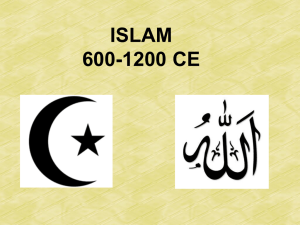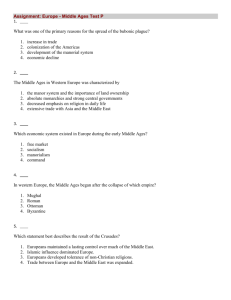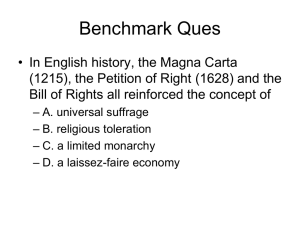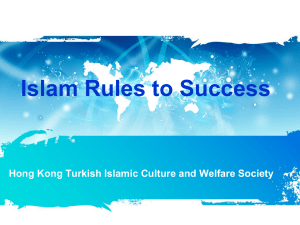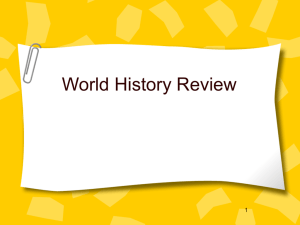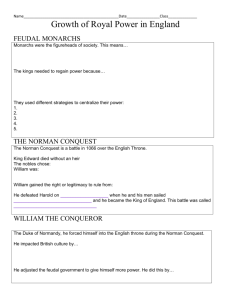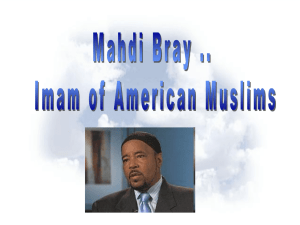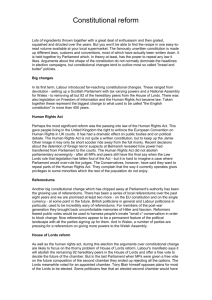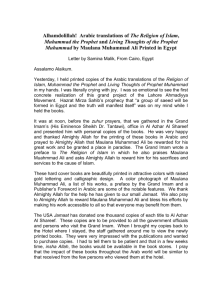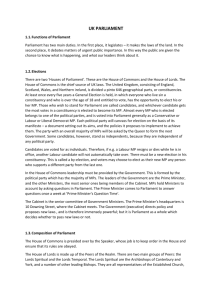CHAPTER 1, SECTION 4 *LECTURE NOTES*
advertisement
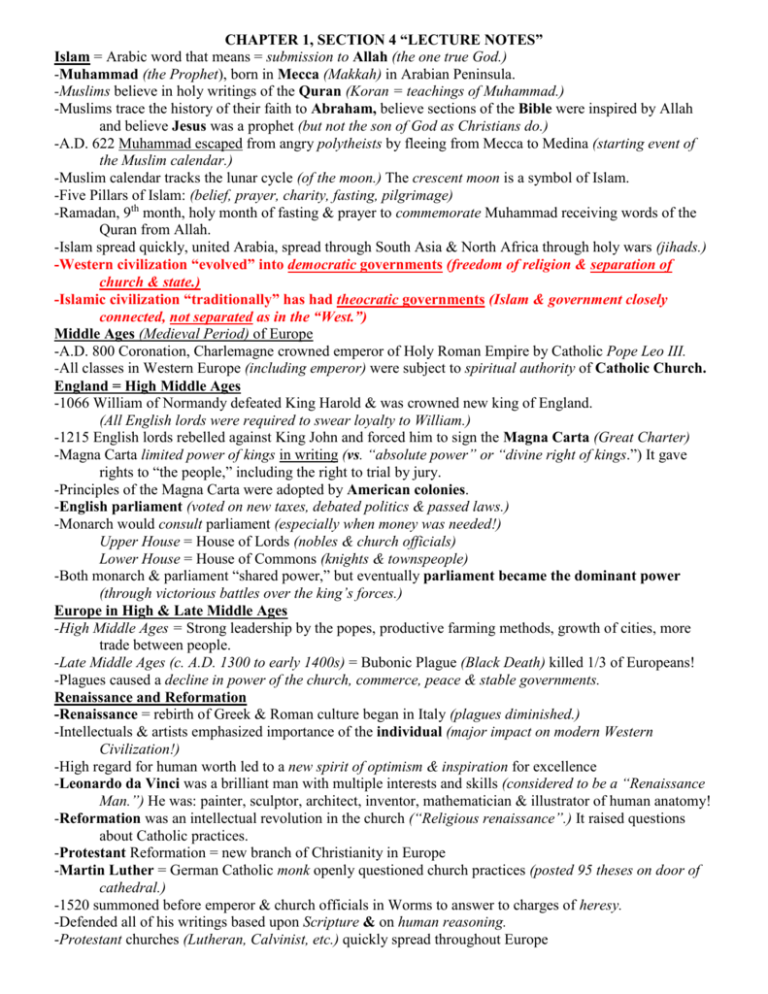
CHAPTER 1, SECTION 4 “LECTURE NOTES” Islam = Arabic word that means = submission to Allah (the one true God.) -Muhammad (the Prophet), born in Mecca (Makkah) in Arabian Peninsula. -Muslims believe in holy writings of the Quran (Koran = teachings of Muhammad.) -Muslims trace the history of their faith to Abraham, believe sections of the Bible were inspired by Allah and believe Jesus was a prophet (but not the son of God as Christians do.) -A.D. 622 Muhammad escaped from angry polytheists by fleeing from Mecca to Medina (starting event of the Muslim calendar.) -Muslim calendar tracks the lunar cycle (of the moon.) The crescent moon is a symbol of Islam. -Five Pillars of Islam: (belief, prayer, charity, fasting, pilgrimage) -Ramadan, 9th month, holy month of fasting & prayer to commemorate Muhammad receiving words of the Quran from Allah. -Islam spread quickly, united Arabia, spread through South Asia & North Africa through holy wars (jihads.) -Western civilization “evolved” into democratic governments (freedom of religion & separation of church & state.) -Islamic civilization “traditionally” has had theocratic governments (Islam & government closely connected, not separated as in the “West.”) Middle Ages (Medieval Period) of Europe -A.D. 800 Coronation, Charlemagne crowned emperor of Holy Roman Empire by Catholic Pope Leo III. -All classes in Western Europe (including emperor) were subject to spiritual authority of Catholic Church. England = High Middle Ages -1066 William of Normandy defeated King Harold & was crowned new king of England. (All English lords were required to swear loyalty to William.) -1215 English lords rebelled against King John and forced him to sign the Magna Carta (Great Charter) -Magna Carta limited power of kings in writing (vs. “absolute power” or “divine right of kings.”) It gave rights to “the people,” including the right to trial by jury. -Principles of the Magna Carta were adopted by American colonies. -English parliament (voted on new taxes, debated politics & passed laws.) -Monarch would consult parliament (especially when money was needed!) Upper House = House of Lords (nobles & church officials) Lower House = House of Commons (knights & townspeople) -Both monarch & parliament “shared power,” but eventually parliament became the dominant power (through victorious battles over the king’s forces.) Europe in High & Late Middle Ages -High Middle Ages = Strong leadership by the popes, productive farming methods, growth of cities, more trade between people. -Late Middle Ages (c. A.D. 1300 to early 1400s) = Bubonic Plague (Black Death) killed 1/3 of Europeans! -Plagues caused a decline in power of the church, commerce, peace & stable governments. Renaissance and Reformation -Renaissance = rebirth of Greek & Roman culture began in Italy (plagues diminished.) -Intellectuals & artists emphasized importance of the individual (major impact on modern Western Civilization!) -High regard for human worth led to a new spirit of optimism & inspiration for excellence -Leonardo da Vinci was a brilliant man with multiple interests and skills (considered to be a “Renaissance Man.”) He was: painter, sculptor, architect, inventor, mathematician & illustrator of human anatomy! -Reformation was an intellectual revolution in the church (“Religious renaissance”.) It raised questions about Catholic practices. -Protestant Reformation = new branch of Christianity in Europe -Martin Luther = German Catholic monk openly questioned church practices (posted 95 theses on door of cathedral.) -1520 summoned before emperor & church officials in Worms to answer to charges of heresy. -Defended all of his writings based upon Scripture & on human reasoning. -Protestant churches (Lutheran, Calvinist, etc.) quickly spread throughout Europe -Catholic & Protestant forces prepared for “religious” battle.


